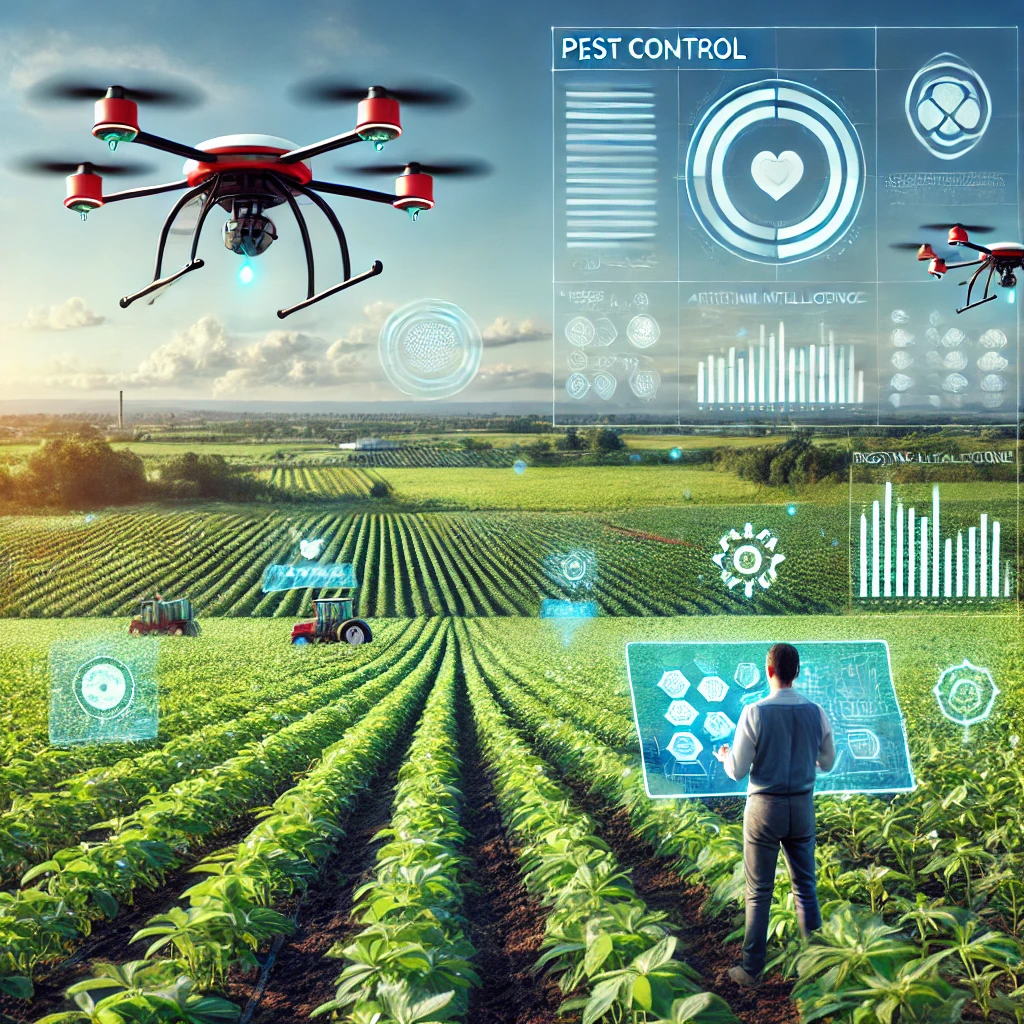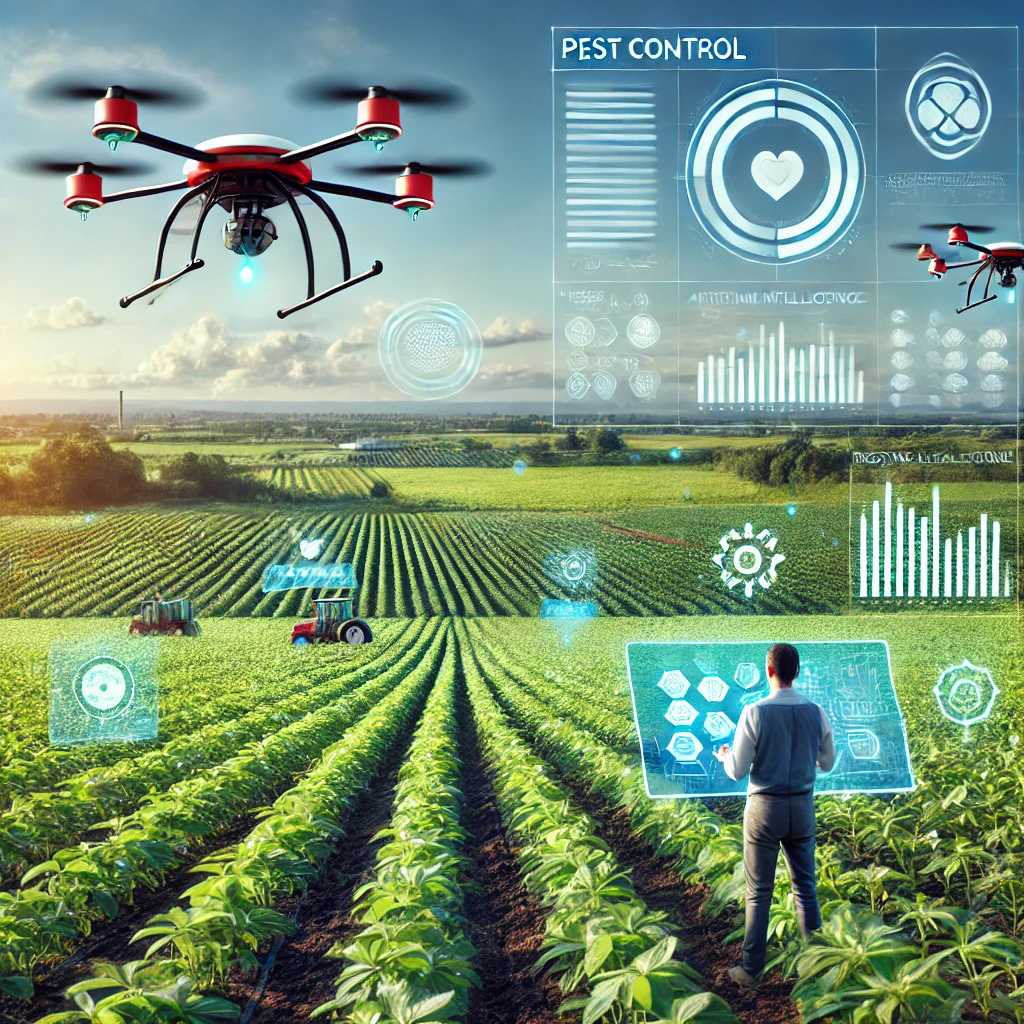
Introduction
Artificial intelligence (AI) and machine learning (ML) are revolutionizing pest management by enabling real-time pest detection. These technologies provide advanced tools for identifying and responding to pest threats quickly and accurately, enhancing the effectiveness of pest control strategies and reducing reliance on traditional methods.
How AI and Machine Learning Work in Pest Detection
AI and ML algorithms analyze vast amounts of data from various sources, such as cameras, sensors, and satellite imagery. These algorithms are trained to recognize specific pest patterns, behaviors, and environmental conditions. Once trained, they can detect the presence of pests in real time by processing data and identifying anomalies or signs of infestation.
Benefits of Real-Time Pest Detection
- Immediate Response: Real-time detection allows for faster intervention, preventing pest populations from growing and causing significant damage.
- Precision Targeting: AI-driven detection helps target specific areas for treatment, reducing the need for widespread pesticide application and minimizing environmental impact.
- Cost Efficiency: By optimizing pest control efforts and reducing unnecessary treatments, AI and ML can lower overall management costs.
- Data-Driven Insights: Continuous monitoring provides valuable data that can be used to refine pest control strategies over time.
Challenges and Limitations
While AI and ML offer significant benefits, they also present challenges. Developing accurate algorithms requires large datasets and continuous updates to adapt to changing pest behaviors. Additionally, integrating these technologies into existing pest control frameworks can require substantial investment and training.
Future Directions
The future of AI and ML in pest control will likely involve more sophisticated algorithms and enhanced sensor technologies. Improvements in computational power and data availability will further refine real-time pest detection, making it an integral part of Integrated Pest Management (IPM) strategies.
Conclusion
AI and machine learning are transforming pest management by providing real-time detection capabilities. These technologies offer a more efficient, precise, and cost-effective approach to controlling pests, ensuring sustainable agricultural practices and improved food security.

